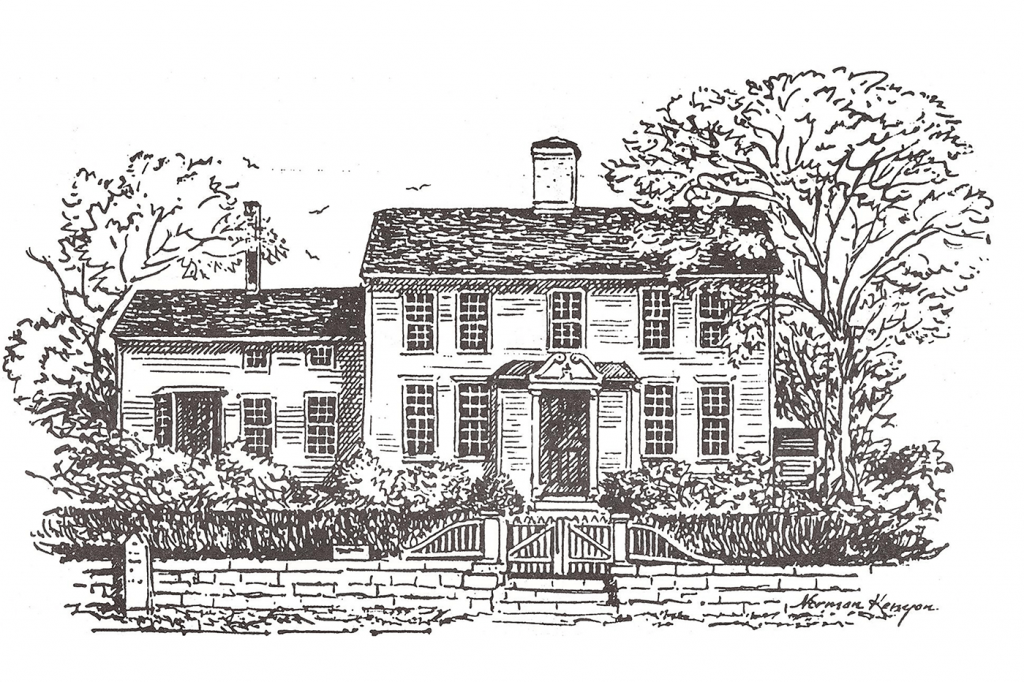Smith Granite Company
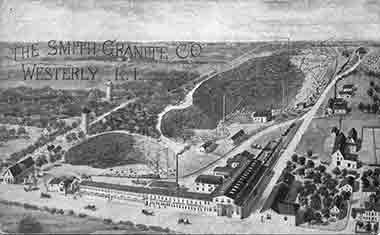
The Smith Granite Company on Granite Street was the first of the major granite companies. It was a local establishment. It roots were in the building trade and it grew to specialize in monumental work. Statues and bas relief work are the hallmarks of their work. Many exquisite monuments of modest scale characterized the Smith Granite Company market share. Between 1886 and 1896, 112 Civil War monuments were produced at a total of $202, 598.
Smith Granite Company: First Giant on Quarry Hill
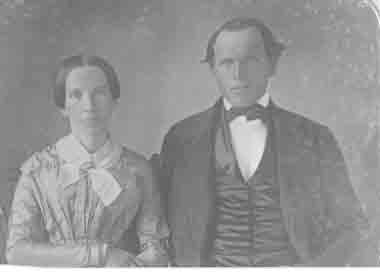
In about 1837, the Providence and Stonington Railroad was completed through Westerly, leading to rapid growth and a great building boom along both sides of the Pawcatuck River. It was this boom that attracted Orlando Smith (1814-1859), a stonemason from Ledyard, Connecticut, to come to Mechanic Street in Pawcatuck in 1839 to continue to build stone steps and foundations from the plentiful granite boulders. Later he discovered a promising outcropping of high quality granite that was easy to quarry on the old Babcock farm on Rhodes Hill (now the top of Granite Street). In 1846, he purchased the Babcock farm from Oliver D. Wells.
Orlando Smith married Emeline Gallup of Ledyard. They wanted to move into the old Babcock house, but, after thirty years as a tenant farm, the house needed lots of work. Using granite from the property, her father Isaac Gallup rebuilt the foundation in the north wing (now the caretaker’s apartment) and made other improvements.
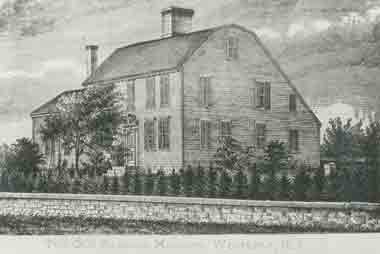
Smith moved his masonry operation to the top of the hill adjacent to the granite outcropping and worked with his friend William A. Burdick. Smith’s expertise was in building foundations and setting curbing, while Burdick’s expertise was in architectural monuments. Gradually, the business began to concentrate more and more on formal monuments.
Orlando Smith died in 1859, at the age of only 45, leaving his wife with four small children, ages 2, 4, 6, and 8, to raise, a farm to manage, and a business to run. She needed help. Burdick was the natural choice to be the manager of the granite business, freeing Emeline from the day-to-day responsibilities. William A. Pendleton was appointed by the bank to oversee its interests.
Concerned about having a school for children of the nearby granite workers, Emeline Smith deeded a plot of land to the town of Westerly to be used for a school – Quarry Hill District #2. Presently the Rite-Aid Drugstore is on the site of the old Quarry Hill School.
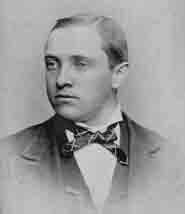
After the death in 1886 of Emeline Gallup Smith, the business was incorporated as the Smith Granite Company under the able leadership of Isaac G. Smith as president and Orlando R. Smith as treasurer. These were prosperous times for the Smith Granite Company which became a force both locally and nationally. A company store was established and operated for 39 years as a service and convenience to its employees. Monuments were shipped to 32 states across the country as well as being used locally. The company produced 69 of the monuments at Gettysburg; 38 at Chickamauga; 8 at Antietam and 1 at Vicksburg. Many well-respected names from the Victorian Age began to appear in the order books – Jay Gould, financier and railroad magnate; George Babcock, inventor and manufacturer; and Joshua Lippincott, publisher, to name a few.
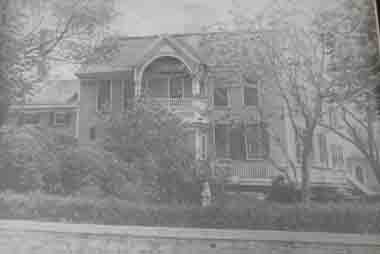
Since the visiting customers were often overnight guests at the Babcock-Smith House, the Smith home needed to reflect an air of prosperity and in 1884 the house underwent a Victorian renovation. The front hall was extended outward to where it is now and the lovely colonial doorway was moved forward. The stained-glass windows, currently part of the Carriage House at the Museum, were added on either side of the foyer. Further additions included a second-floor balcony and a porch that wrapped from the front around to the south side of the house. The outhouse had plaster walls and mahogany woodwork and even had a stove for comfort during the winter months.

With high-society clients accustomed to the very best and with a product that defined excellence, the Smith Granite Company also found it desirable to upgrade its facilities in order to make a favorable impression on perspective customers. Isaac Smith convinced the company to erect a new cutting shed in 1885 so that the facilities looked up-to-date and reflected modern and efficient processes. Unfortunately, Isaac’s health failed and he died in 1888. The loss of his contribution to the business was tremendous, probably never entirely overcome.

Orlando R. Smith became president and continued to administer the business. During the late 1890’s he became alarmed at the serious drop in the sale of monuments and by his own failing health, which was unknown to those around him. He made an agreement with David Newall of the Joseph Newall Granite Company of Niantic to merge as the Smith and Newall Granite Company. Serious financial problems arose and, before they could be settled, Orlando R. Smith died in 1898. A drawn-out lawsuit followed and litigation ended in an award of heavy monetary damages to Newall, leaving Smith with very little operating capital and, consequently, the Smith operation was down for many months.

By 1922 Orlando R. Smith, Jr. (1877-1932) had become president and the rest of the third generation had all graduated from college and joined the business. The two older brothers, Orlando and Franklin, ran the office; Isaac, Sr. gradually took over design and planning and general superintendence of granite cutting; Edward was in charge of all quarrying and heavy equipment. For the first time granite rough stock was offered and sold to the trade. Previously the company had cut and finished almost all granite produced.
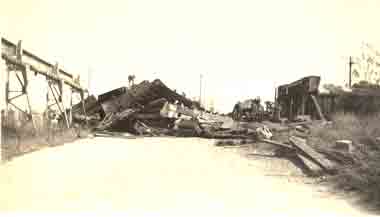
In 1924, following the death of James G. Batterson, Jr., Smith Granite Company bought all assets of the adjoining New England Granite Works. This consolidation simplified some complex boundaries in several quarries, secured the two-mile private railroad over the “long bridge” to the New Haven main line, and meant that all granite production on the hill was being run by one company, but it involved a considerable financial outlay. The volume of business expanded through several years as planned, but then came the Great Depression. Twelve lean years followed. It became evident that people could live without the exceptional monuments that had earned the Smith Granite Company such a stellar reputation for the past 75 years. The 1938 hurricane delivered a particular destructive blow. The blacksmith shop blew down; windows blew out of the big shed on Granite Street, and the crane barn blew down. Most critical was the loss of electrical power. There was no power to run the pumps in the quarry. No air compressors. No cranes. Because water could not be pumped to the boiler, even steam cranes could not be used. All operations had to be curtailed, many employees laid off, and all belts tightened
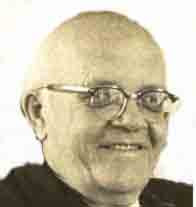
Before there could be any significant recovery from the effects of the depression and the hurricane, World War II was thrust upon the local industry. It was hard for a non-essential business to obtain steel, coal, power, tires and many other items. To lighten the load, Isaac G. Smith, Sr. left the company in 1942 to work at Pratt and Whitney at East Hartford. Production of any kind of granite work fell to a very low level. Eventually the war was over, but before a quick recovery could be made, the bank foreclosed on all the Smith assets on August 16, 1945. The company was reorganized as Smith Granite Works with Edward W. Smith as President. Eventually the machinery was sold, the derricks taken down, the buildings eliminated and the land sold for a shopping center and housing. In 1955, the once great granite company went out of business.
Smith Granite Company: Quarrying the Hall Shaft
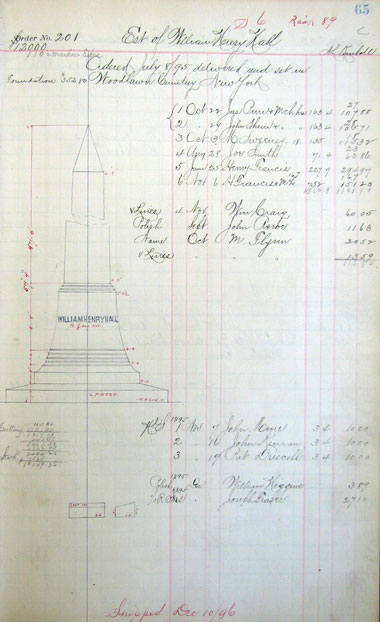
The order for the Hall obelisk was placed with the Smith Granite Company in 1895. It is recorded in Book 10 Page 65 of the SGC order books.
Once the order was placed, the company purchased special equipment and developed operational procedures to meet the challenges of quarrying.
About fifty feet below the surface, a granite ledge large enough to quarry a piece 50’7” long and 10’4” high was found. The ledge was cleared of the over-burden (dirt and stone covering the chosen ledge) to make it accessible to quarrymen and their equipment. Because of the size of the stone required, blasting was eliminated as a method of quarrying, because it might result in cracks or breaks in the stone.
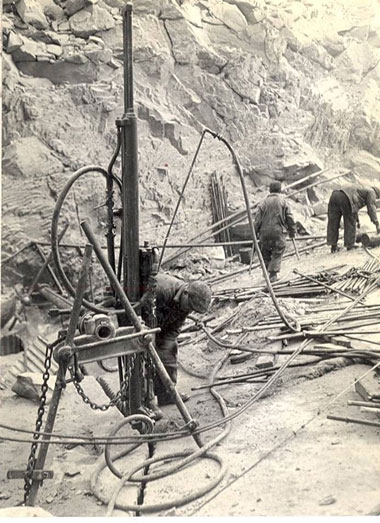
The freeing of the stone began as channels were drilled the entire length of the block to insure safe and accurate separation of the block from the ledge. These channels were cut by a large steam-drill (like the one pictured) and core-cutter (called a channel bar).

When all the channels were cut, and the block was freed from the quarry ledge, chains were wrapped around pins on the top of the stone and attached to blocks and tackles to turn the stone on its side. Piles of wooden logs were placed in front to make “pillows” for the block to land on so it would not be damaged.
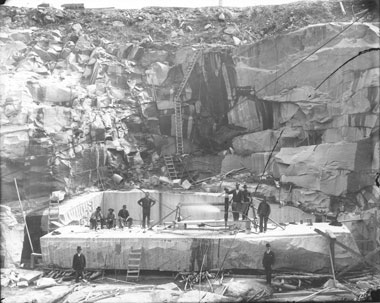
After the block was turned on its side, a series of deep holes, which would assure a straight break from top to bottom, would be drilled the entire length of the block in order to split it in two lengthwise.
Once the granite block was split, one of the blocks was separated and shaped to within eighteen inches of the shaft’s finished dimensions. By removing the excess granite, it became light enough (seventy-seven tons) to haul to the surface. The remaining block was cut into smaller pieces for the bases and die.
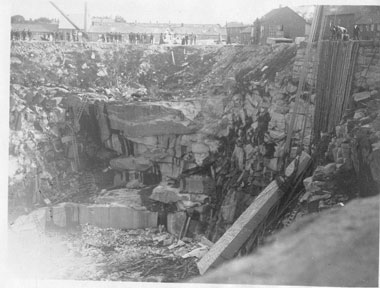
Extra large iron chains then were wound around the shaft with large pieces of wood between them and the stone shaft to prevent the chains from touching and possibly damaging the granite. It was dragged to the wooden skid-wall in preparation for lifting.
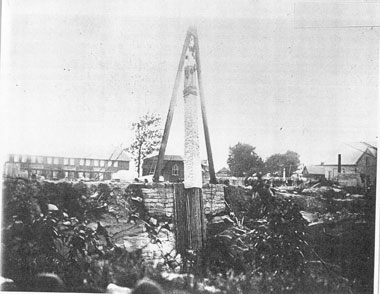
The top of the shaft was raised so it could be seen over the brow of the quarry. Hoisting continued until the shaft was at the very top of the shear poles.

The guys were tightened so the shear poles could not move. Then one set of guys became taut and other set fell slack as the shear poles leaned away from the edge of the quarry hole. Finally, the shaft was slowly and safely lowered to the ground.

The Hall obelisk, made up of several bases, a die, and a large shaft, was simple in design, but bold because of its dramatic size. The completed monument, set in Woodlawn Cemetery in the Bronx, measured 57 feet high, the height of a five story building.
Smith Granite Company Facilities

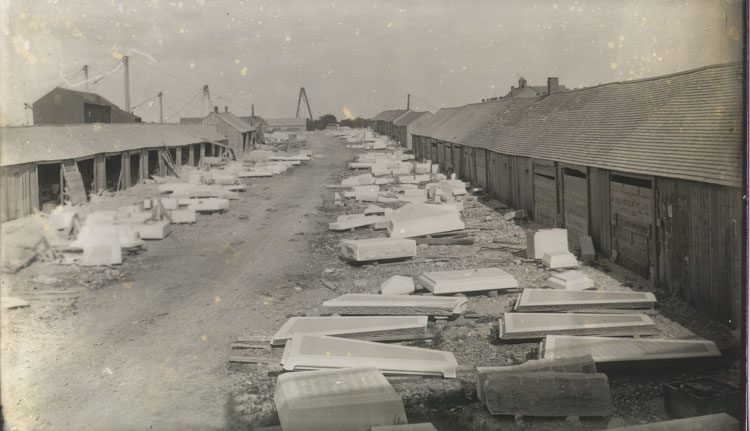
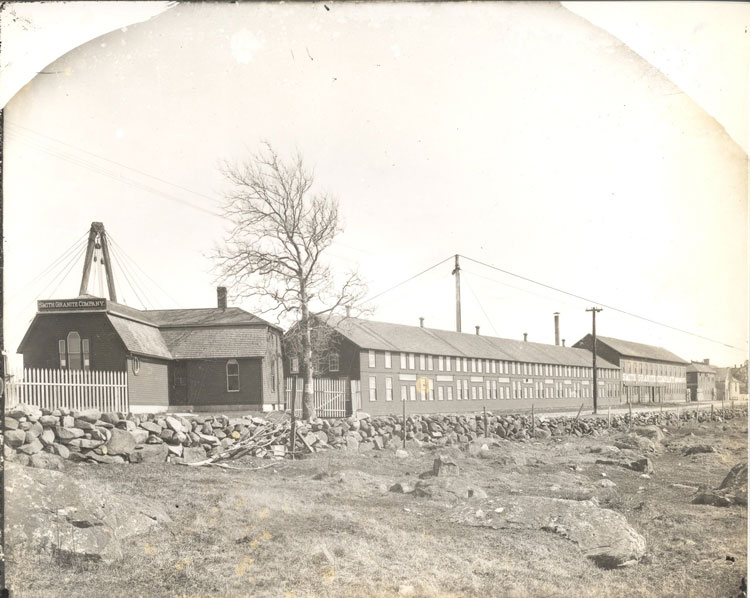
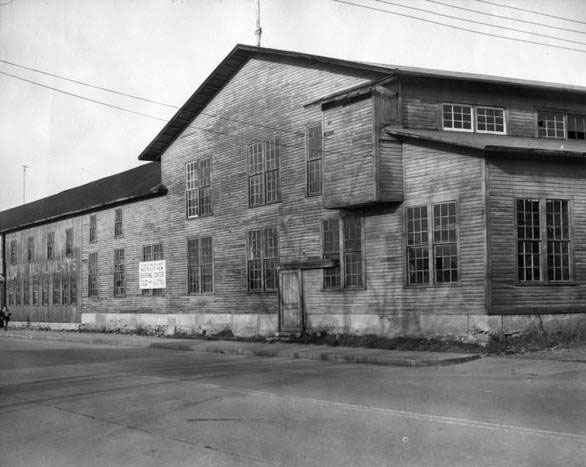
The Smith Granite Works cutting shed on Granite Street in Westerly before it was torn down in 1955 to make way for a shopping center.
Photo: /The Providence Journal

